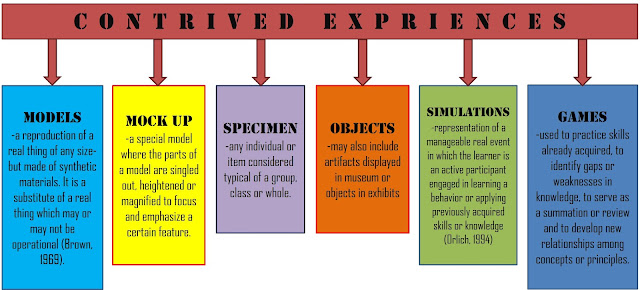After
learning that we need to make use of a combination of learning resources and
media to make our teaching as concrete as we can so abstractions will be clear
and meaningful, let us now learn a method or learning that utilizes multimedia,
project-based learning.
Project-based
Multimedia learning involves learning by doing in which the students can show
their outputs through the use of multimedia. Other than that, we can also
acquire important skills. These skills can be used in our daily lives as well
as in our future affiliations. And so, it is important for us that we utilize
various types of instructional media to achieve effective teaching-learning
process. This is very essential especially for us, future educators.












































